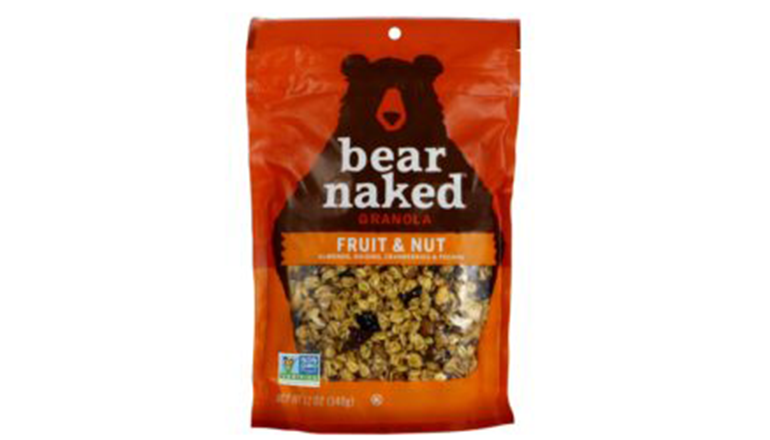
Compelled by consumer demand and anticipated legislation, the agenda for sustainable packaging is amplifying. Many businesses have already expanded their eco-friendly efforts by switching from rigid to flexible packaging to have a smaller carbon footprint, but this is just one step in the movement toward a circular economy. Retail giants like Walmart and Target, as well as other big names like Coca-Cola, have set goals to achieve sustainability standards for their owned brands by 2025. As members of the global community, high-profile brands know that their size and scale can drive change that ensures a better future for all.
While industry leaders in consumer packaged goods (CPGs) are setting the tone for sustainable alternatives, what is optimal for one application is not necessarily ideal for all. Therefore, it is imperative that each brand take a holistic view of sustainability. Any singular change is good, but your brand should continue to build on these efforts by getting ahead of challenges, setting new goals, and accelerating your ambitions. So, how can companies navigate their journey towards an eco-friendly footprint? Collaboration early and often is key. Uniting suppliers with similar sustainability goals and experience can be your first advantageous move toward creating innovative solutions.
Understanding the big picture
While it varies by need, flexible packaging consists of numerous features including closures, films, barriers, ink, finishes, and other potential add-ons. To have a functional package that meets (or exceeds) your expectations, every component needs to be compatible. Complementary combinations help reduce waste within the production process, maintain product quality, and delivers a good consumer experience.
To create packaging that works together, you should identify opportunities for improvement by looking at the initial stages of your operation. When considering each component of your package, ongoing collaboration between industry partners can help eliminate waste before starting production, which is why strategic partnerships are so powerful in the preliminary stages. Each facet of your package will face its own unique challenges, so your respective partners will need to fully understand your brand’s goals and how you plan to get there
Getting started
If you are not certain which sustainability initiative your goals align with, look to your product. Recyclability has long dominated the conversation when it comes to making packaging more sustainable, but that does not mean it’s right for all brands. Recycling often requires consumers to clean remnants from packages to avoid contaminating the recycling stream. This may be an impractical expectation for many types of products. Compostable solutions might be better suited to products that do not lend themselves to recyclability, but if your product is not soil safe you may have to think again. Some products may not fit in either category and should instead focus on source reduction and reuse. Brands also ought to consider their audience, and what aligns with how and where they are using the product and what infrastructure is available to help complete the package’s lifecycle
Embracing the change
Implementing sustainable solutions can seem arduous and costly. The groundwork for sustainable packaging is still being laid, typical eco-friendly materials may come at higher costs, and there’s concern over potentially needing to replace equipment to be operational. Nonetheless, with prospective regulation on the horizon, businesses may want to make the investment in sustainability now to avoid getting fined or taxed in the future.
The shift is inevitable, so it’s best to focus your attention on how your brand can get there efficiently. If your process involves running multi-materials, there may be immediate production challenges when switching to mono-material packaging. While trial and error to align the performance of your package with sustainable formats is expected, it can be made easier by working together. When your partners understand the fundamentals of your operation and sustainability goals, they can help identify unexpected alternatives, eco-friendly materials, ways to help eliminate waste, trouble-shoot challenges to help save time, energy and resources, and help you make smart infrastructure changes gradually.
In the case of Bear Naked® Granola’s fully recyclable pouch, multiple teams came together—including Fresh-Lock, Berry Global, Dow, and ColorMasters—to create a sustainable packaging solution perfect for the product at hand. The result was not only approved by the Sustainable Packaging Coalition but also provided additional benefits like running at faster machine speeds and lower sealing temperatures, as well as having improved barrier requirements for enhanced shelf life. With each supplier specializing in a different element of the packaging supply chain, the opportunity to combine their expertise and speak to the special capabilities of each component is what made room for innovation.
It is never too early, or too late, to kick off the conversation about sustainability with your partners. Brands around the world are announcing sustainable initiatives as consumers continue to demand change and favor those who offer eco-friendly options. To set your brand up for long term success, it is time to collaborate with your partners on how you can reduce waste and protect the planet
For more information kindly email us at [email protected] or visit our website www.fotedarengineering.com

